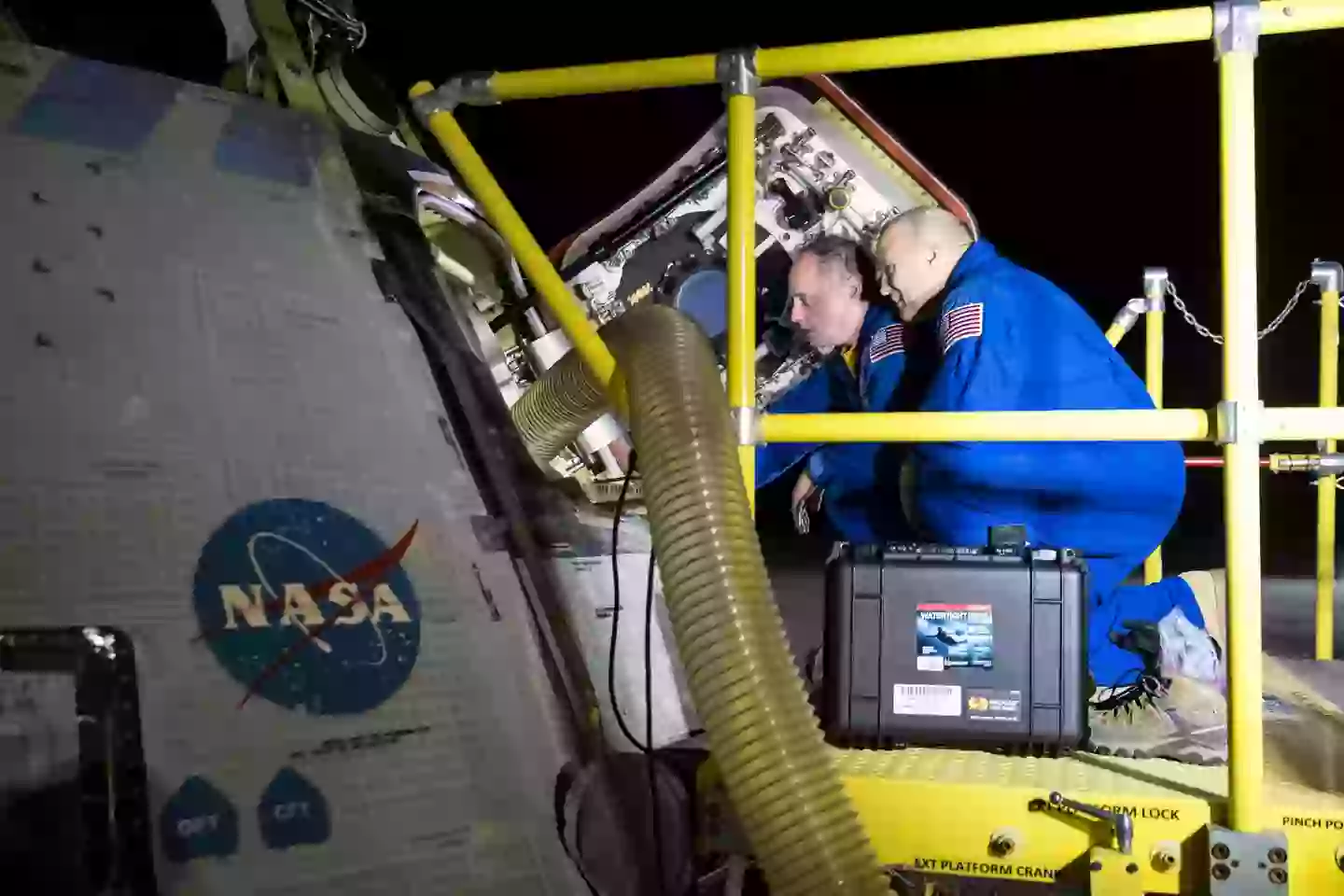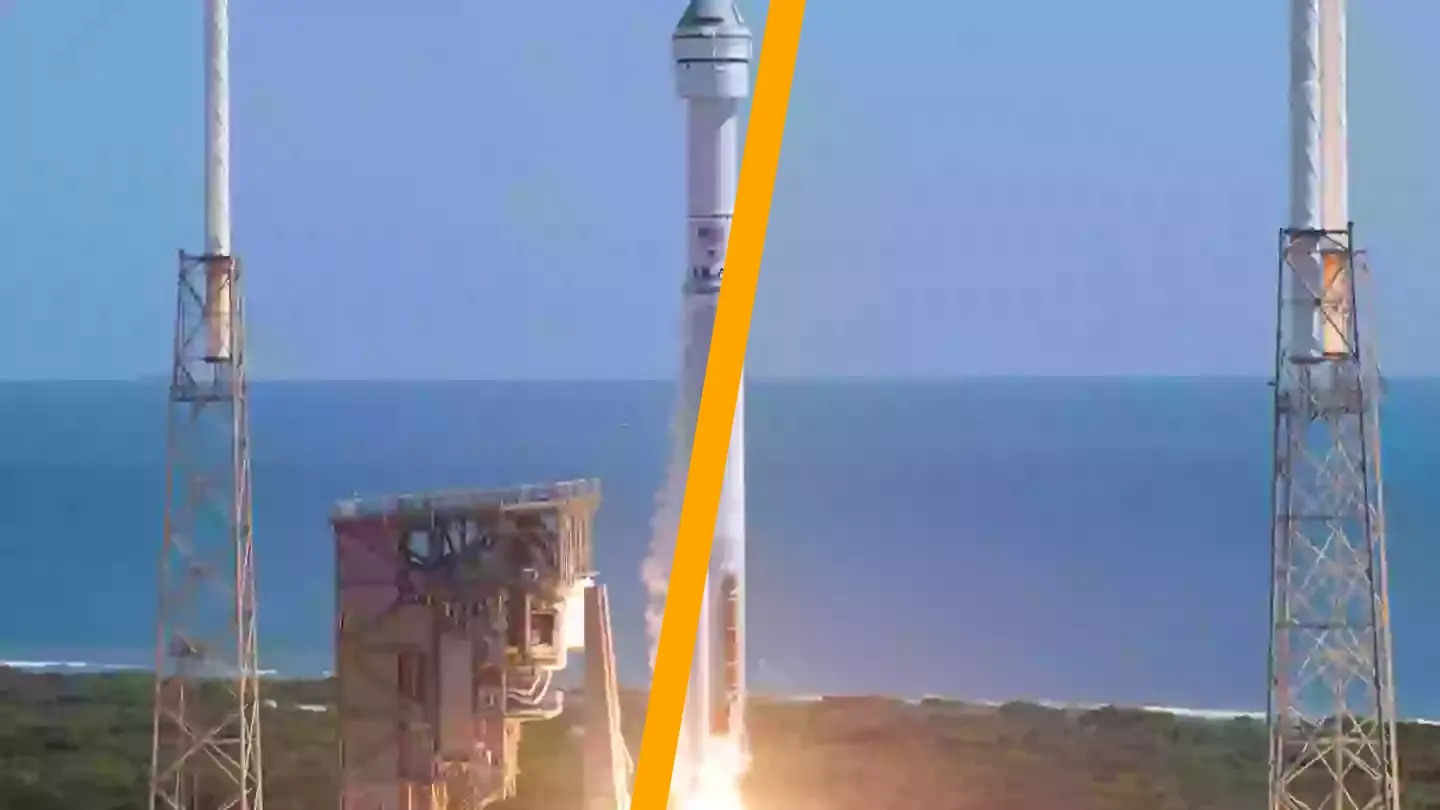NASA has shared its future plans for the Starliner spacecraft despite previous malfunctions that left two astronauts in space for over nine months.
Astronauts Sunita ‘Suni’ Williams and Barry ‘Butch’ Wilmore recently returned to Earth after what was supposed to be an eight-day mission to the International Space Station (ISS) last June.
Although Williams has expressed that she is unlikely to venture into space again, NASA is moving forward with plans for the Starliner astronaut capsule.
Williams and Wilmore’s prolonged stay in space was due to technical problems with their return vehicle, the Starliner.
During its mission to the ISS last year, the Starliner experienced thruster failures and helium leaks, which is used for pressurizing the thrusters.
On NASA’s website, it was reported: “NASA and Boeing identified helium leaks and experienced issues with the spacecraft reaction control thrusters on June 6 as Starliner approached the space station.
“Since then, engineering teams have completed a significant amount of work, including reviewing a collection of data, conducting flight and ground testing, hosting independent reviews with agency propulsion experts, and developing various return contingency plans.
“The uncertainty and lack of expert concurrence does not meet the agency’s safety and performance requirements for human spaceflight, thus prompting NASA leadership to move the astronauts to the Crew-9 mission.”

NASA has announced preparations for another mission with the Starliner spacecraft. In a press conference on Tuesday (March 18), Steve Stich, manager of NASA’s Commercial Crew Program, mentioned they are actively evaluating the spacecraft.
According to Space.com, he stated: “We’re certainly looking at Starliner very carefully. We’re in the process of looking at that vehicle, looking at the helium system. We’ve got some candidate seals that we’re going to replace. We’ll get into some testing here over the summer timeframe with what we call an ‘integrated doghouse’ at White Sands [a NASA test facility in New Mexico].”
He discussed necessary modifications to the thruster heating and firing mechanisms, which are planned to be tested on the Starliner’s next mission.
Stich added: “We need to make sure we can eliminate the helium leaks; eliminate the service module thruster issues that we had on docking.”

ABC News reported Stich’s plan to conduct an uncrewed test flight before proceeding with a crewed rotation, ensuring all systems are ready for a crewed mission.
Stich commented: “We really need to get Boeing into a crewed rotation. Butch and Suni’s return on Dragon, to me, shows how important it is to have two different crew transportation systems, the importance of Starliner and the redundancy that we’re building into human spaceflight for our low Earth orbit economy.”
He concluded: “As I think about it, it might be there for a contingency situation, as we prepare for whatever events could happen. One of the things that I’ve learned in my time at NASA is, always be prepared for the unexpected.”
However, these preparations have raised concerns. US Air Force veteran and former Space System Commander Rudy Ridolfi expressed to DailyMail.com that NASA should avoid situations where they might have to reconsider using the Boeing Starliner for crew returns.

